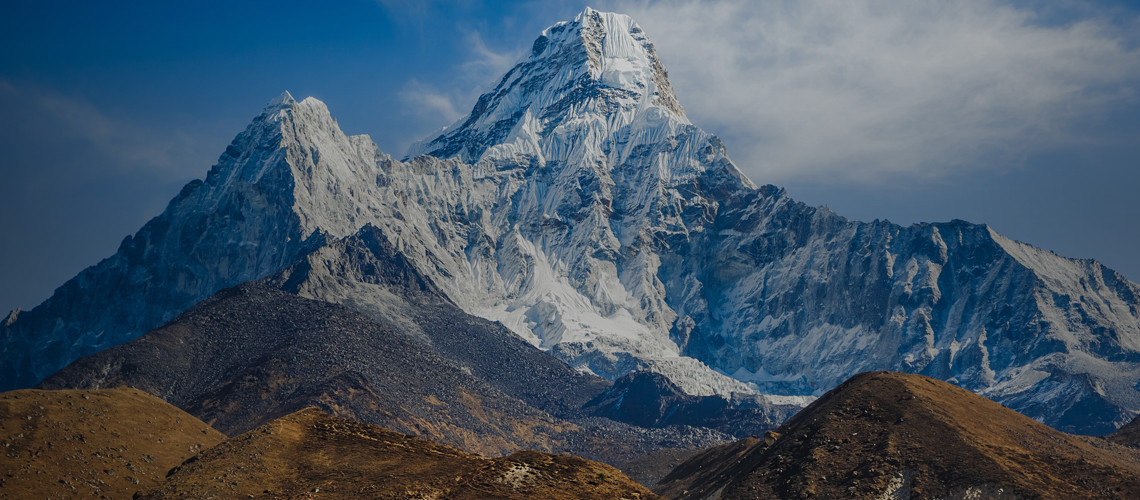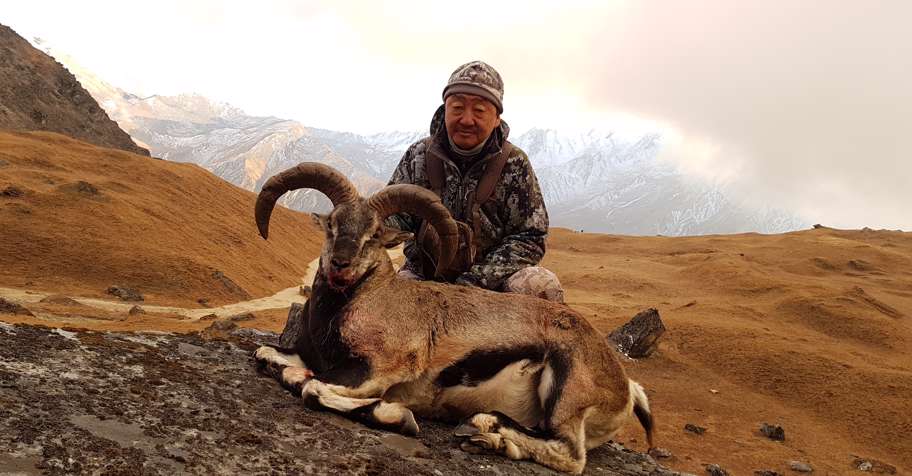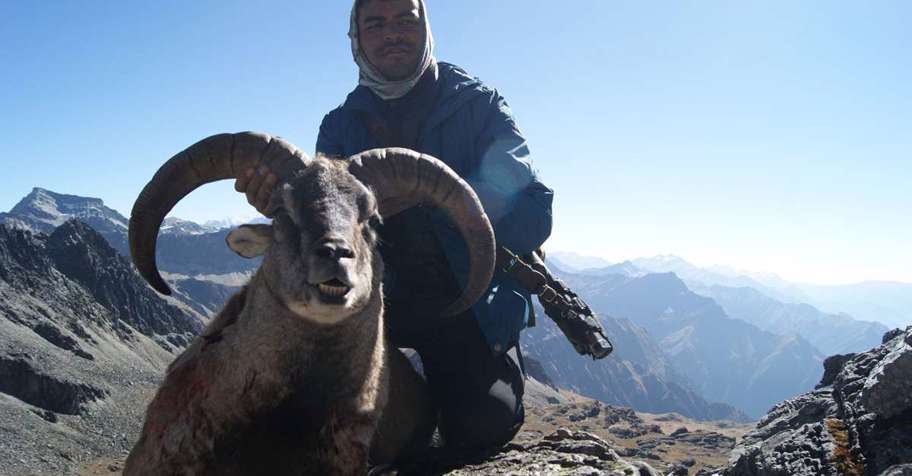
8
hunting trips
$29,000
starting from
1
outfitter
4
animals
Why Nepal

Hunt on the Roof of the World
Hunts in Nepal are a challenge like no other, as you will be testing yourself against the highest mountains in the world

Pursue Unique Species
Nepal is the only place in the world to hunt Himalayan tahr in its native range. You can also hunt blue sheep, the world’s highest-dwelling large mammal

Rich and Varied Culture
Experience the varied culture of Nepal, including Buddhist and Hindu traditions, and be assisted and guided by Sherpas, the world’s most elite mountaineers
About hunting in Nepal
Nepal is a small south Asian country that boasts a tremendous diversity of terrain, climate, and wildlife. While it is best known for having eight of the world’s ten highest peaks within its borders, Nepal’s geography consists of three very different zones. The northern part of the country, the Himalayas, contains the highest mountains in the world, including Mount Everest at 29,029 feet. The Hill Region abuts the mountains, up to about 13,123 feet, and the southern lowlands, or Terai, bordering India, is a plains region with a steamy, subtropical climate. In these three regions are species as diverse as blue sheep, Himalayan tahr, snow leopard, Indian rhinoceros, wild boar, and several species of deer.
Modern-day hunts are conducted in the Dhorpatan Game Reserve. Hunting blue sheep and Himalayan tahr here is arguably one of the world’s greatest mountain hunts. It’s possible to go in either fall or spring. It goes without saying that the Himalayas are high and very steep, so this is an extreme hunt requiring excellent physical fitness. There is usually a two- to four-day hike just to get to the hunting area after a helicopter drops you off at 10,000 feet. Experienced Sherpas carry much of the gear.
Tahr are found near timberline, around 12,500 feet, in steep, cliffy areas. Blue sheep are the world’s highest-dwelling large mammal and are hunted at altitudes of 16,000 feet or more. Other species that are legal to hunt in Nepal include the Indian muntjac or barking deer, wild boar, and hog deer. Most hunters come for sheep and tahr, and a few also hunt muntjac, which can be found in the mountains and hill zone. Hog deer and wild boar are rarely hunted as they are found in the plains regions where there is currently no organized hunting.
Nepal on map
What you need to know
1. Planning your trip
2. Upon arrival
3. Hunting
4. After the hunt
Planning your trip
Visas
Most hunters arrive in Kathmandu. Unless you are a citizen of India or Nepal, you must have a visa. Nepali embassies and consulates issue visas with no fuss. You can download a visa application form from the websites of the Nepali embassy in Washington, DC (www.nepalembassyusa.org) or London (www.nepembassy.org.uk).
You can also get a visa upon arrival. To do so you must fill in an application form and provide a passport photograph. A single-entry visa valid for 15/30/90 days costs US $25/40/100.
Hunting methods
Game classification
Animals
Top hunts

Nepal
Interested in this destination?
Create a subscription to get offers right to your inbox
You might also like
Explore hunting
trips worldwide
trips worldwide
Direct offers from outfitters
with no booking fees
with no booking fees
Verified reviews
from other hunters
from other hunters

